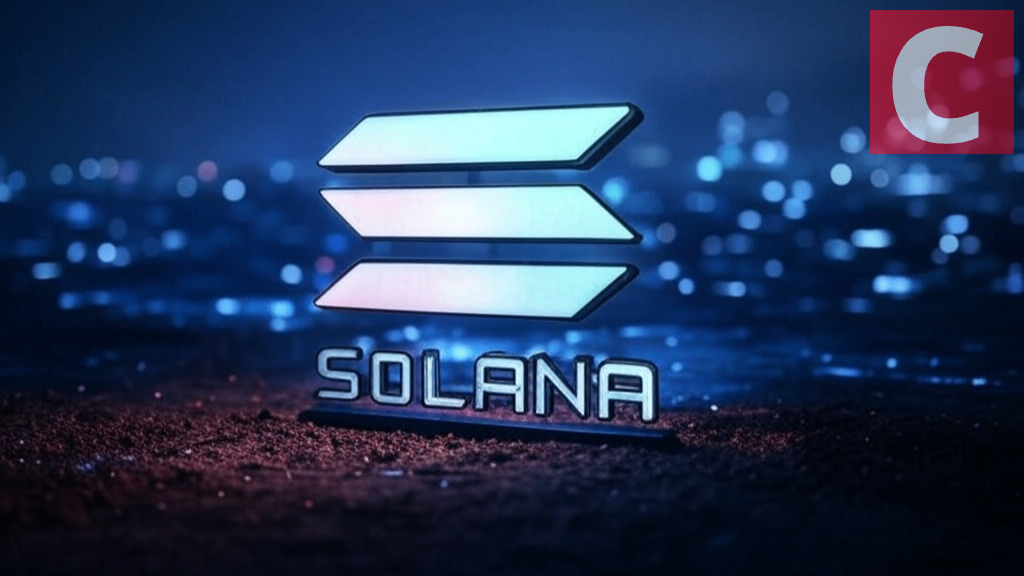Solana transfer volume has hit a volume of $3 billion for the first time since Sept. 2024, suggesting massive adoption.
Prominent analyst Ali Martinez recently noted that Solana’s transfer volume has hit $3 billion for the first time since Sept. 2024. This marks a major uptick in network activity for Solana, amid a significant decline in SOL BTC $85 816 24h volatility: 1.3% Market cap: $1.70 T Vol. 24h: $28.31 B price since late 2024.
The spike in transfer volume suggests increased usage of the blockchain, possibly driven by institutional interest, DeFi activity, or whale movements. Historically, rising transfer volumes can indicate either accumulation or distribution phases.
Given the broader market correction, the surge in volume suggests more users or projects are adopting Solana for their transactions
Franklin Templeton’s Solana ETF Filing
Adding to the bullish sentiment around Solana, asset management giant Franklin Templeton submitted a filing for a Solana-based exchange-traded fund (ETF) on March 12, 2025.
The fund, structured as a commodity-based trust, aims to provide investors with direct exposure to SOL while being traded on the Cboe BZX Exchange.
The filing argues that Solana’s decentralized structure, constant trading, and arbitrage mechanisms make it resistant to manipulation, which is an essential factor in regulatory approvals.
Solana’s Position in Crypto Fee Rankings
Meanwhile, Solana has dropped to the 14th position in the ranking of top blockchain protocols by fees generated in the past seven days. Ethereum followed at 15th place.
This shift highlights how transaction fees on Solana have declined, possibly due to reduced network congestion.
While low fees benefit users, they also impact validator rewards and the overall economic model of the chain. This change aligns with broader discussions about Solana’s fee-burning mechanism and how it influences inflation.
The SIMD-228 Proposal
Solana’s community is currently debating the SIMD-228 proposal, which aims to slash SOL inflation by 80%. The vote is narrowly failing with 66.40% approval, just short of the 66.67% threshold required.
If passed, this proposal would significantly cut staking rewards, reducing the rate at which new SOL tokens enter circulation.
While this could drive up SOL’s price by lowering sell pressure, it might also hurt small validators, forcing some out of the network and raising concerns over decentralization.
SOL Price Analysis
Solana (SOL) is trading at $124.95, down 15.31% in the past seven days. The altcoin recently rebounded from its monthly low of $113.19 and is down 18.28% in a yearly time frame.
The daily chart below shows that the Relative Strength Index (RSI) stands at 36.42, approaching oversold territory. This indicates a possible reversal if buying pressure increases.
Additionally, the price is near the lower end of the Bollinger Band ($111.53), suggesting that SOL might be oversold and could see a bounce in the short term. However, the mid-band resistance at $142.21 needs to be reclaimed for bullish momentum to return.
next